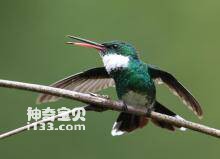
Leucochloris albicollis
Leucochloris albicollis,White-throated Hummingbird
Leucochloris albicollis, or White-throated Hummingbird, is unknown.Protect w···
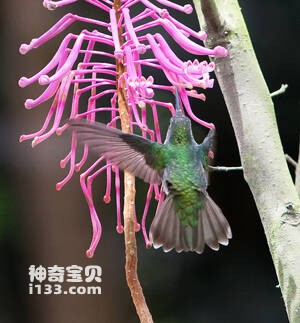
Leucippus viridicauda
Leucippus viridicauda,Green-and-White Hummingbird
The green-tailed Hummingbird was Leucippus viridicauda and Green-and-White h···

Leucippus taczanowskii
Leucippus taczanowskii,Spot-throated Hummingbird
The species is known as Leucippus taczanowskii and Spot-throated Hummingbird···
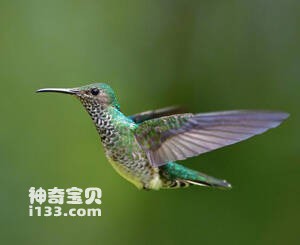
Leucippus hypostictus
Leucippus hypostictus,Many-spotted Hummingbird
The scientific name of the spotted Hummingbird is Leucippus hypostictus, the···
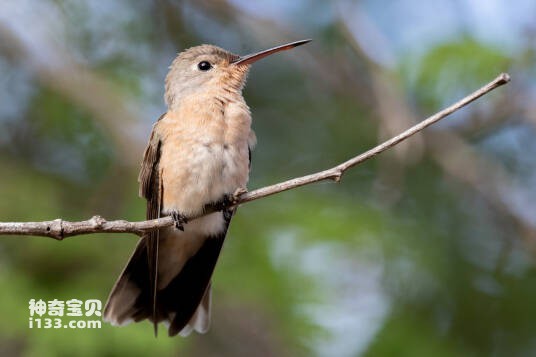
Leucippus fallax
Leucippus fallax,Buffy Hummingbird
The pale yellow Hummingbird is known as Leucippus fallax and Buffy Hummingbi···
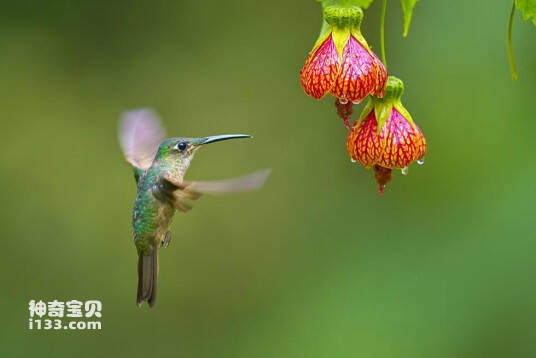
Leucippus chlorocercus
Leucippus chlorocercus,Olive-spotted Hummingbird
The species is known as Leucippus chlorocercus and Olive-spotted Hummingbird···
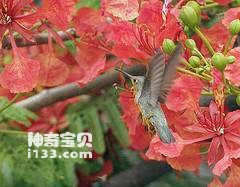
Leucippus baeri
Leucippus baeri,Tumbes Hummingbird
The Peruvian Hummingbird is known as Leucippus baeri and Tumbes Hummingbird.···
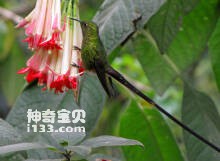
Lesbia victoriae
Lesbia victoriae,Black-tailed Trainbearer
The Black-tailed hummingbird is known as Lesbia victoriae and black-tailed T···
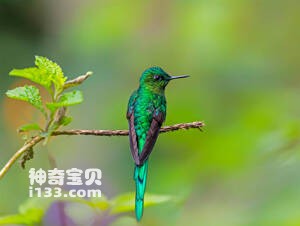
Lesbia nuna
Lesbia nuna,Green-tailed Trainbearer
The greentailed hummingbird is known as Lesbia nuna and Green-tailed Trainbe···
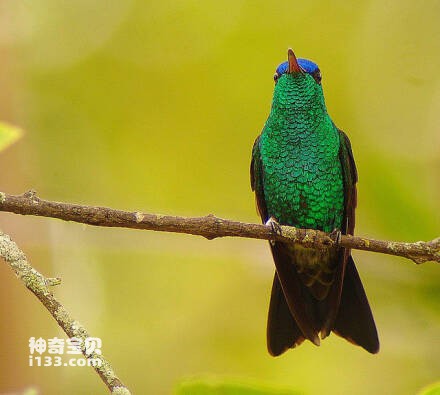
Lepidopyga lilliae
Lepidopyga lilliae,Sapphire-bellied Hummingbird
The greenbellied Hummingbird is known by its scientific name Lepidopyga lill···
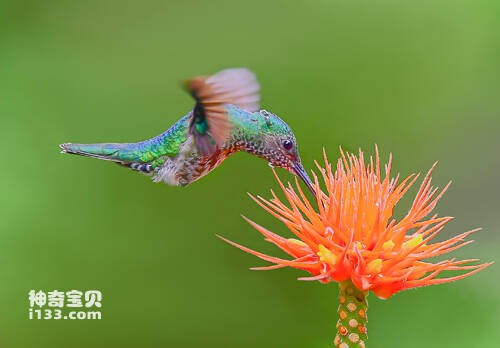
Lepidopyga goudoti
Lepidopyga goudoti,Shining Green Hummingbird
The scientific name of the Hummingbird is Lepidopyga goudoti, the foreign na···
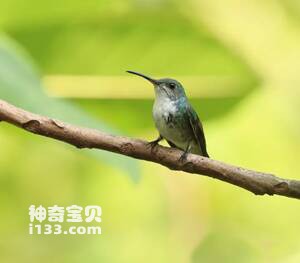
Lepidopyga coeruleogularis
Lepidopyga coeruleogularis,Sapphire-throated Hummingbird
Lepidopyga coeruleogularis, sappil-throated Hummingbird, But the Blue-throat···
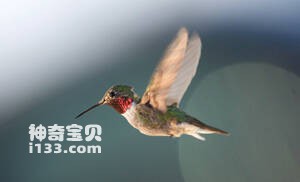
Lamprolaima rhami
Lamprolaima rhami
The red-throated hummingbird Lamprolaima rhami is a migratory bird of the Am···
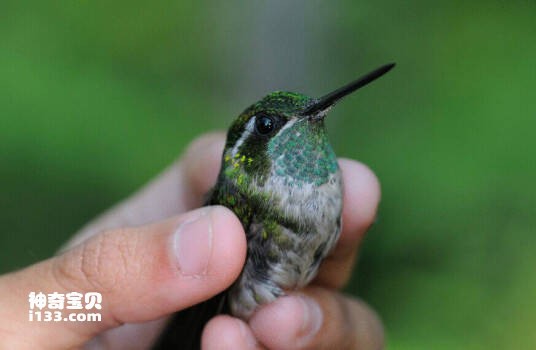
Lampornis viridipallens
Lampornis viridipallens,Green-throated Hummingbird
The Green-throated Hummingbird is known as Lampornis viridipallens and green···
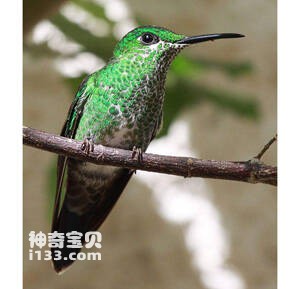
Lampornis sybillae
Lampornis sybillae,Green-breasted Mountain Gem
The bird is known as Lampornis sybillae and Green-breasted Mountain Gem. Its···
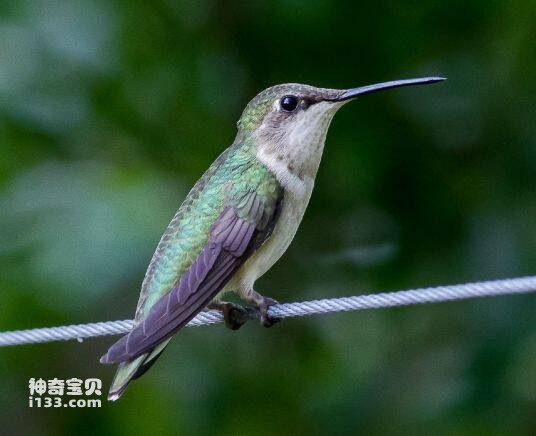
Lampornis hemileucus
Lampornis hemileucus,White-bellied Mountain Gem
The White-bellied hummingbird is known as Lampornis hemileucus and white-bel···
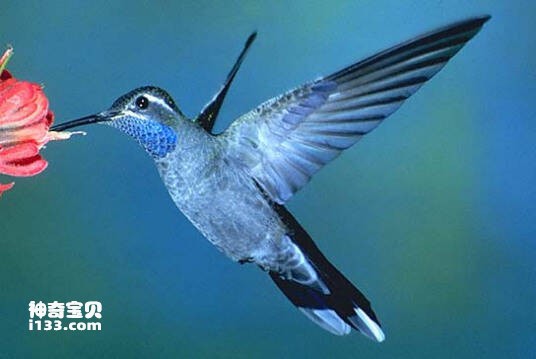
Lampornis clemenciae
Lampornis clemenciae,Blue-throated Hummingbird
The Blue-throated Hummingbird is known as Lampornis clemenciae or blue-throa···
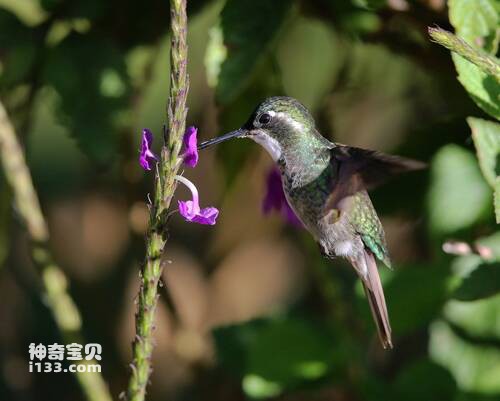
Lampornis castaneoventris cinereicauda
Lampornis castaneoventris cinereicauda
The name Lampornis castaneoventris cinereicauda is unknown.Protect wild anim···
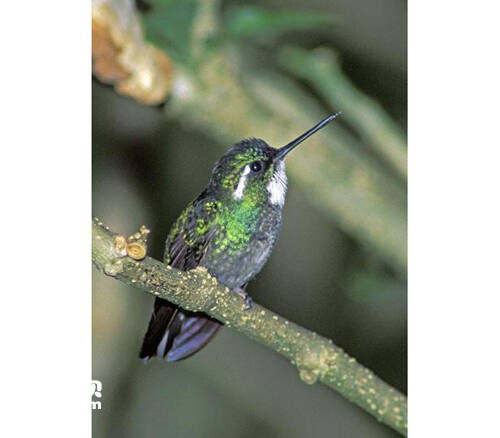
Lampornis castaneoventris
Lampornis castaneoventris,White-throated Mountain Gem
The White-throated Mountain Gem hummingbird is known as Lampornis castaneove···
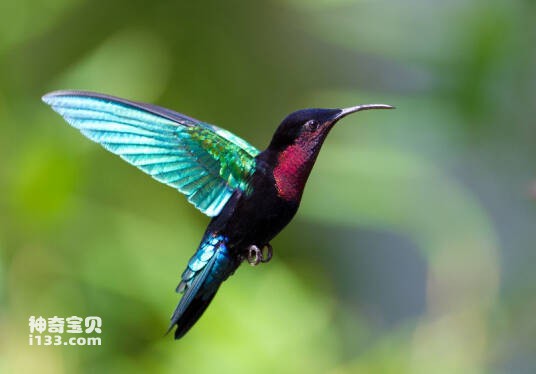
Lampornis amethystinus
Lampornis amethystinus,Amethyst-throated Hummingbird
Lampornis amethystinus and Amethyst-throated Hummingbird are unknown.Protect···
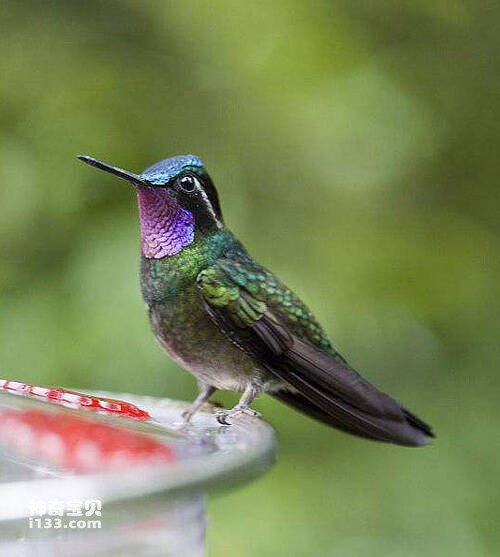
Lampornis amethystinus
Lampornis amethystinus,Amethyst-throated Hummingbird
Lampornis amethystinus and Amethyst-throated Hummingbird are unknown.Protect···
